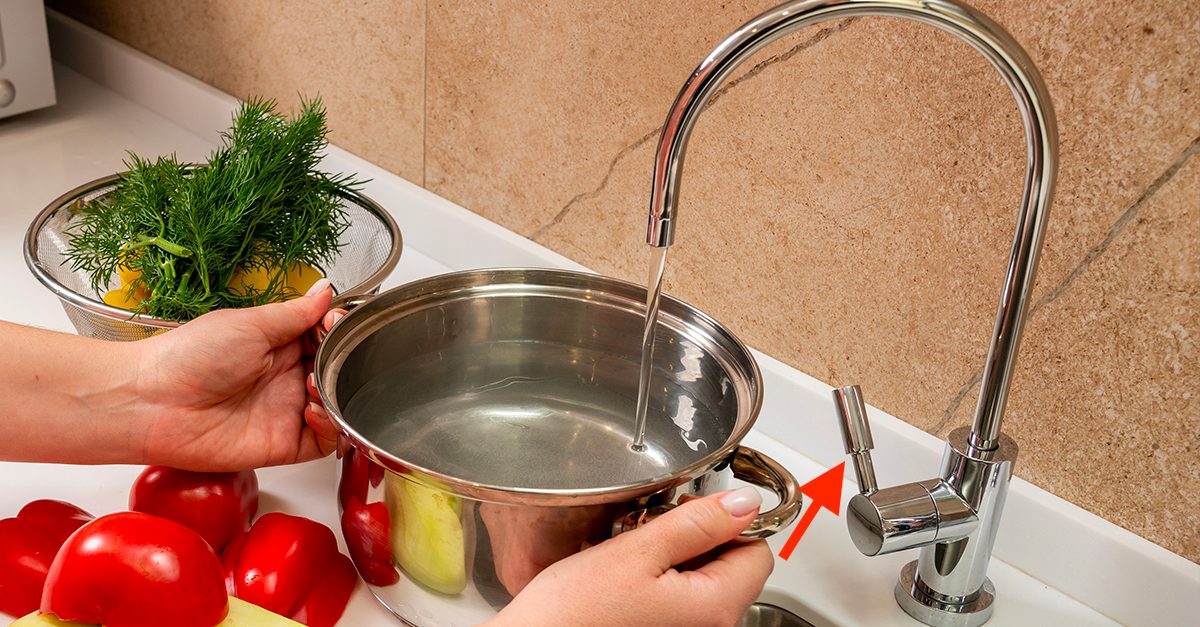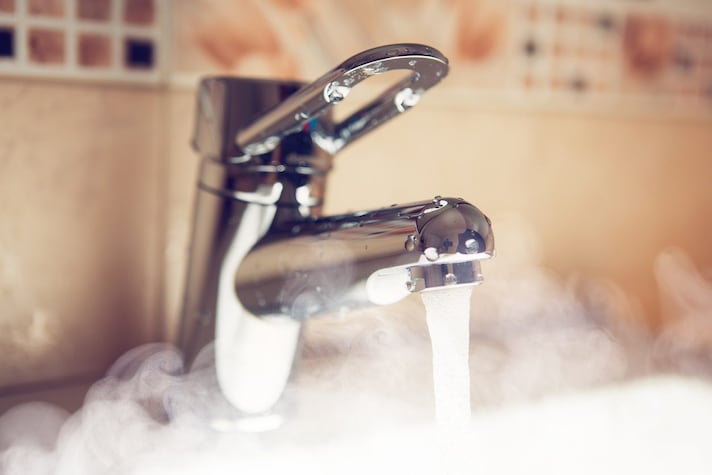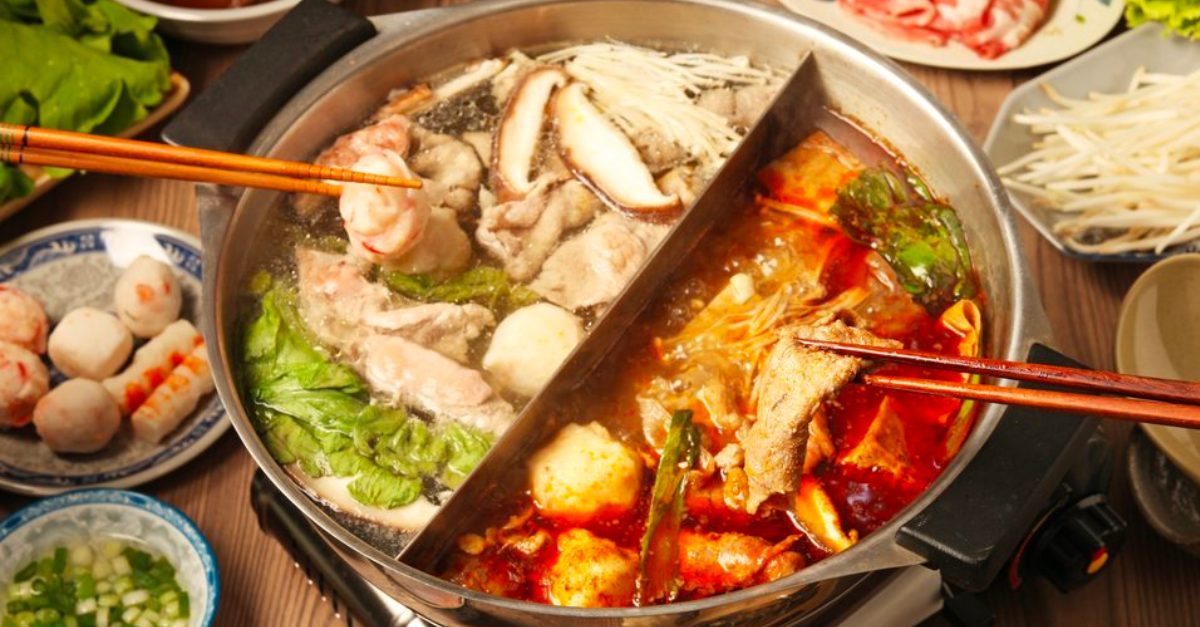Safety Check: Cooking with Hot Tap Water – What You Need to Know
Cooking with hot water from the tap is a common practice, but is it safe? In this article, we explore the risks of using hot tap water for cooking and provide best practices for ensuring safety in the kitchen. From understanding the potential for contamination to implementing strategies to minimize risks, learn how to cook with confidence and protect your health.
;Resize,width=742;)
Cooking with hot water straight from the tap is a common practice for many home chefs seeking to save time and energy. However, concerns about the safety of using hot tap water have emerged due to potential contamination risks. In this article, we'll delve into the safety considerations surrounding cooking with hot water from the tap and explore best practices to ensure the health and well-being of you and your family.
What Are the Risks of Using Hot Water from a Tap?

While hot water from the tap may seem convenient, it can pose potential health risks if not handled properly. The main concern is the potential for contamination, as hot water tanks and pipes can harbor bacteria such as Legionella, which can cause respiratory illnesses if ingested or inhaled.
Additionally, hot water can leach lead and other harmful chemicals from old or corroded pipes, especially if left sitting in the pipes for an extended period. This is particularly concerning for homes with outdated plumbing systems, as lead exposure can lead to serious health issues, especially in children and pregnant women.
Furthermore, the temperature of hot water from the tap may not reach the necessary level to kill harmful bacteria, such as E. coli or Salmonella, which can thrive in warm environments. This is why it's crucial to follow proper food safety guidelines and use cold water for cooking or drinking whenever possible.
By understanding these risks and taking appropriate precautions, such as regularly flushing hot water pipes and maintaining a clean hot water tank, you can minimize the potential health hazards associated with using hot water from the tap in your kitchen.
Cooking with Hot Tap Water: Best Practices for Safety

To minimize the risks associated with cooking with hot tap water, consider the following best practices:
- Temperature Monitoring: Regularly check the temperature of your hot water to ensure it reaches a safe level for cooking. The ideal temperature for hot tap water used in cooking should be at least 120°F (49°C) to effectively kill bacteria and other pathogens.
- Use a Thermometer: Invest in a reliable kitchen thermometer to accurately measure the temperature of your hot tap water. This will help you ensure that it reaches the appropriate temperature before using it in cooking or preparing beverages.
- Boil Water When in Doubt: If you have any concerns about the safety of your hot tap water, err on the side of caution and boil it before using it in cooking or drinking. Boiling water is an effective method for killing harmful bacteria and contaminants, making it safer for consumption.
- Flush Pipes Regularly: Routinely flush your hot water pipes to remove any stagnant water that may have accumulated and minimize the risk of bacterial growth. Running the hot water faucet for a few minutes before each use can help ensure a fresh supply of water.
- Consider Installing a Water Filtration System: If you have concerns about the quality of your tap water, consider installing a water filtration system to remove impurities and contaminants. This can help improve the safety and taste of your hot tap water, making it suitable for cooking and drinking.
- Stay Aware of Water Safety Issues In your Area: Take the time to educate yourself about water safety and the potential risks associated with using hot tap water in cooking. Stay informed about any water quality issues in your area and take appropriate measures to protect yourself and your family.

Conclusion
While cooking with hot water from the tap may offer convenience, it's essential to prioritize safety and minimize the risks of contamination. By understanding the potential hazards and following best practices for handling hot tap water, you can ensure the health and well-being of yourself and your loved ones in the kitchen
;Resize,width=767;)
;Resize,width=712;)
;Resize,width=712;)
;Resize,width=712;)
